The primary function of a plastic storage container is to provide a secure and convenient way to store a variety of household items, from clothing and toys to kitchen goods and office supplies. The design of these containers has evolved to meet diverse needs, incorporating features that enhance their functionality. For example, stackable designs allow for efficient use of vertical space, while transparent plastic enables easy identification of contents without the need to open the container. Many modern designs also include airtight seals, which help preserve the contents from dust, moisture, or pests.
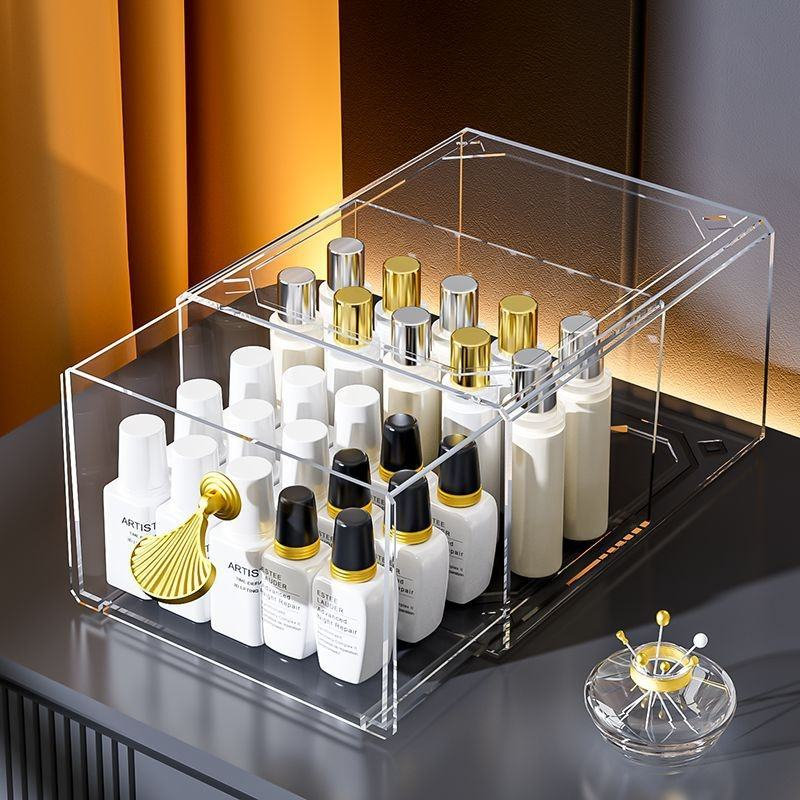
In terms of aesthetics, plastic storage containers are now available in a variety of colors, shapes, and sizes, catering to different tastes and home decor styles. This customization has made them not only functional but also appealing. The ability to design containers that are both practical and visually attractive ensures that they blend seamlessly into the home environment, whether placed in closets, under beds, or on shelves.
The design of plastic home storage containers has advanced to address both functional and aesthetic considerations. As lifestyles evolve, these containers continue to adapt, offering innovative solutions that make home organization easier and more efficient.
The material used in household storage containers is just as crucial as their design. It influences the durability, strength, cost, and environmental impact of the product. Plastic has long been the preferred material due to its versatility, affordability, and availability in a wide range of formulations. However, the choice of plastic materials is not without its complexities, as different plastics offer varying levels of performance depending on the intended use of the container.
Polypropylene (PP) and polyethylene (PE) are two of the commonly used plastics in household storage containers. Both materials are known for their durability, resistance to moisture, and ability to withstand a variety of temperatures. Polypropylene is particularly favored for its rigidity, making it ideal for containers that need to maintain their shape while holding heavy items. It is also resistant to chemicals, which is why it is often used for storing food or cleaning supplies.
On the other hand, polyethylene, particularly low-density polyethylene (LDPE), is more flexible and softer than polypropylene. This makes it a popular choice for containers that need to be more malleable or foldable, such as those used for storing clothing or bedding. Polyethylene is also known for its impact resistance, making it ideal for containers that may experience rough handling.
In addition to these commonly used plastics, recycled plastic has gained popularity as an eco-friendly alternative. Containers made from recycled materials reduce the overall environmental footprint of plastic production, helping to address concerns about waste and sustainability. Recycled plastics may not always match the strength and durability of virgin materials, but advancements in technology are making it increasingly possible to produce high-quality, recycled plastic containers.
The choice of plastic material also influences the weight of the container, which can be an important consideration depending on the items being stored and the frequency of moving or transporting the containers. For example, heavy-duty containers that store tools or equipment may require thicker, more rigid plastics to ensure they can handle the weight without cracking or warping.
The environmental impact of plastic materials has also led to the exploration of alternative, biodegradable plastics made from renewable sources, such as cornstarch or other plant-based polymers. While these materials are still relatively new in the storage container market, they represent a promising shift toward more sustainable storage solutions.

 English
English 中文简体
中文简体


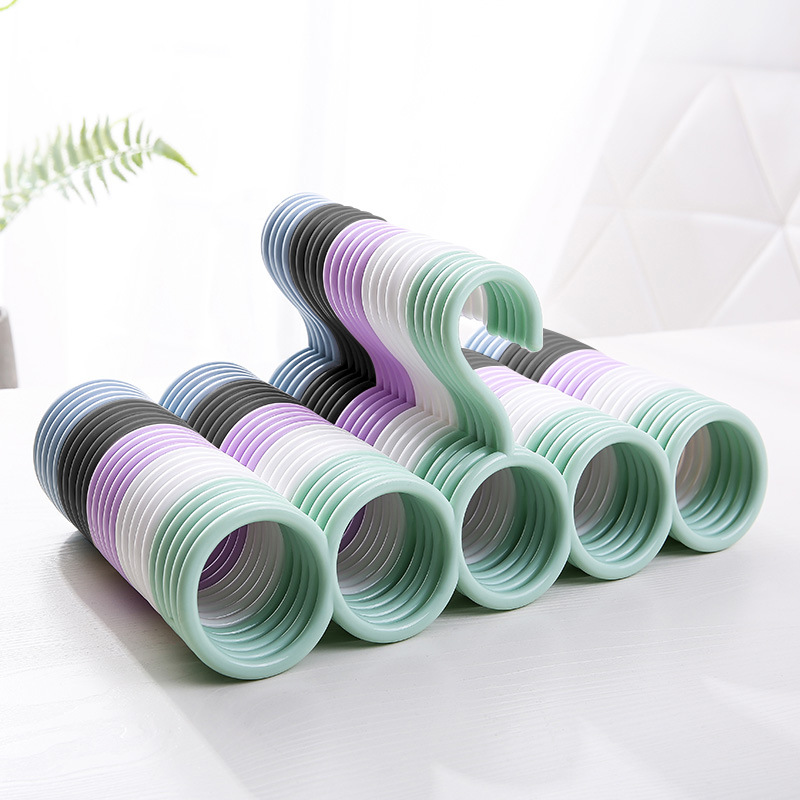
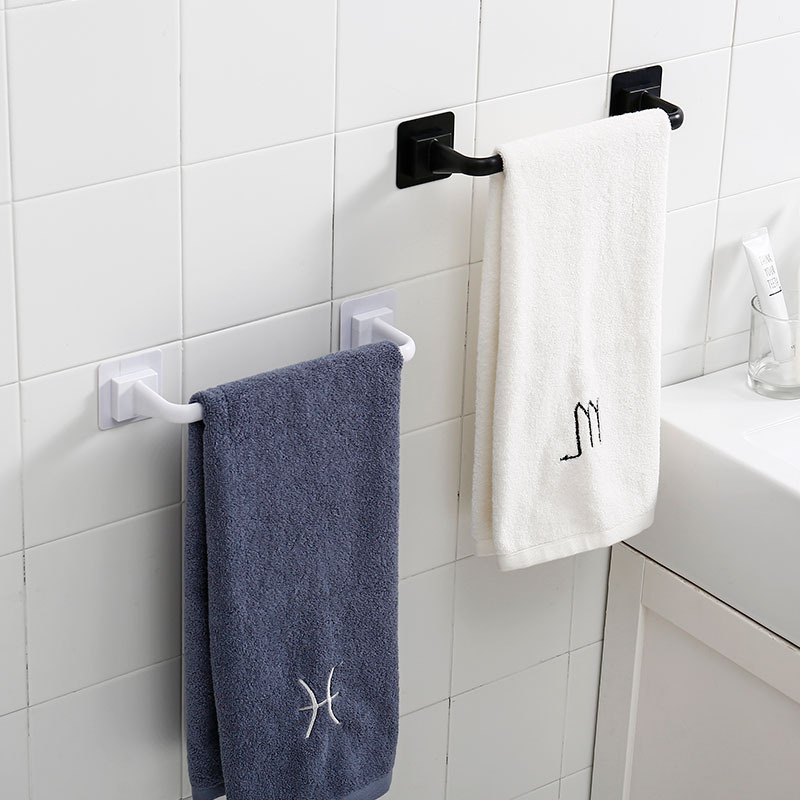
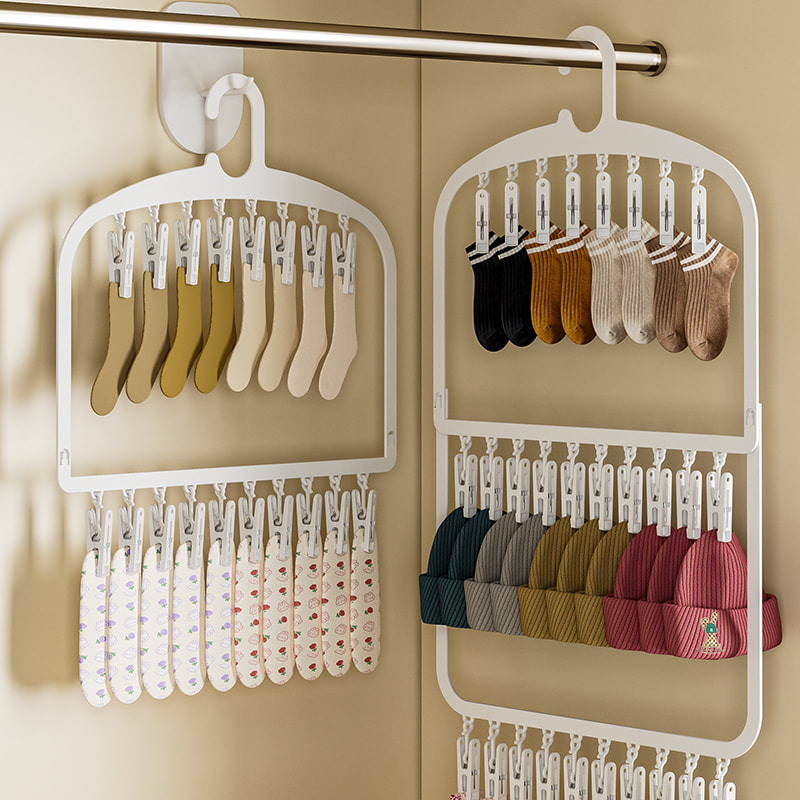
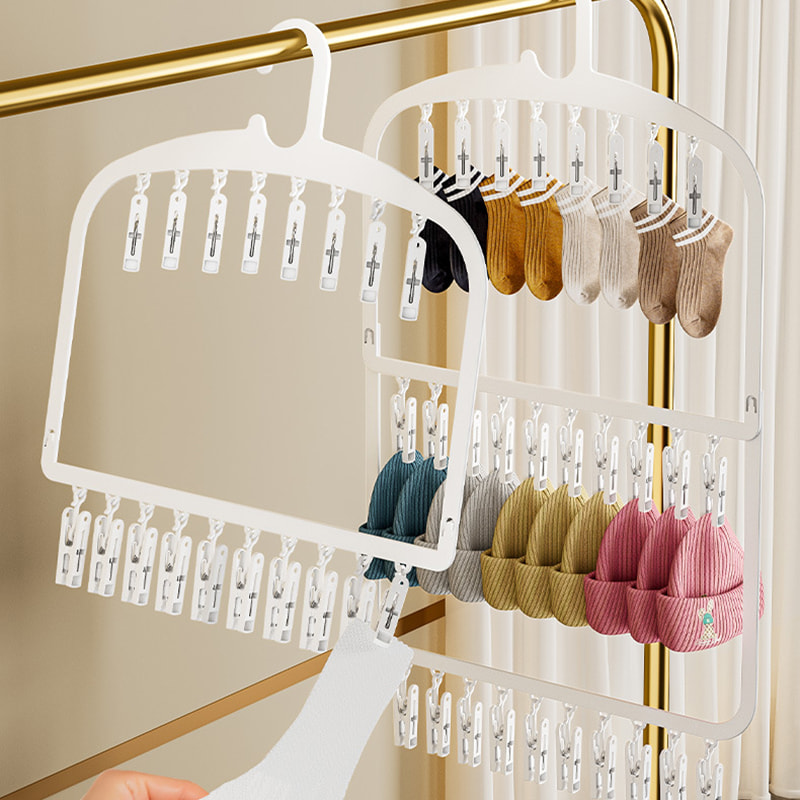
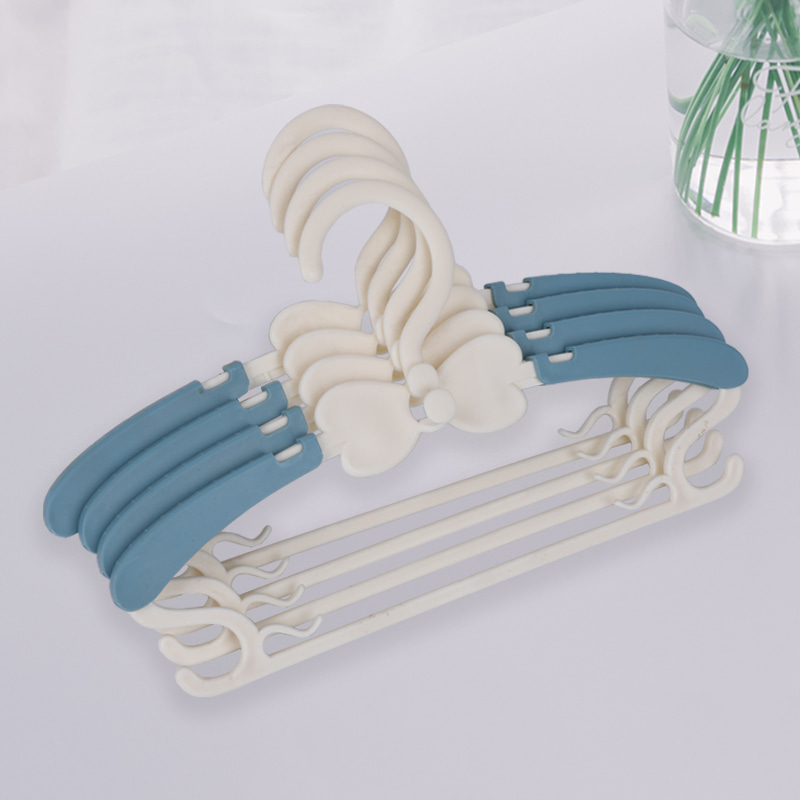
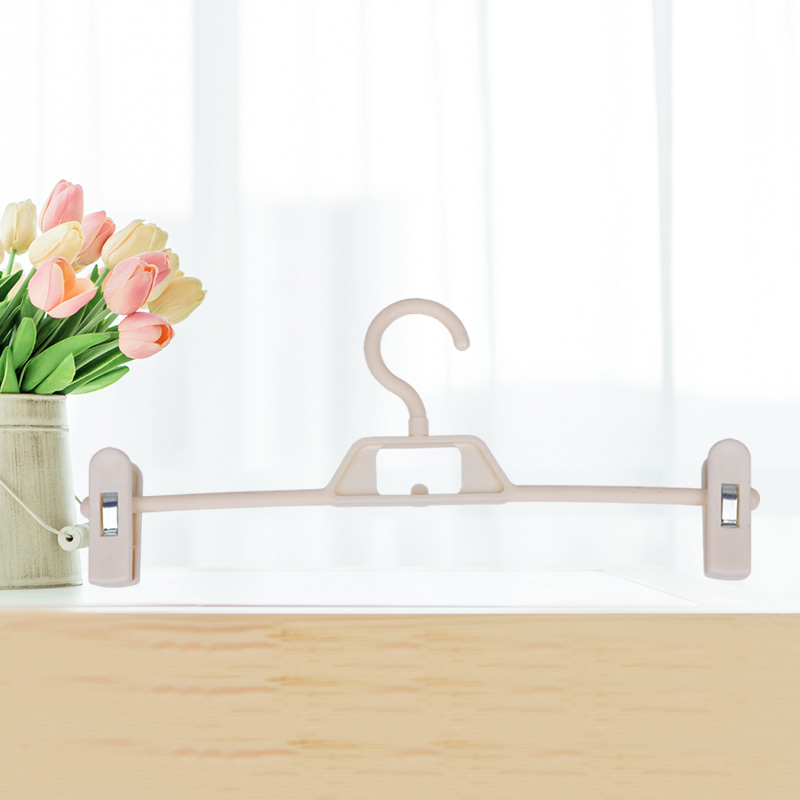
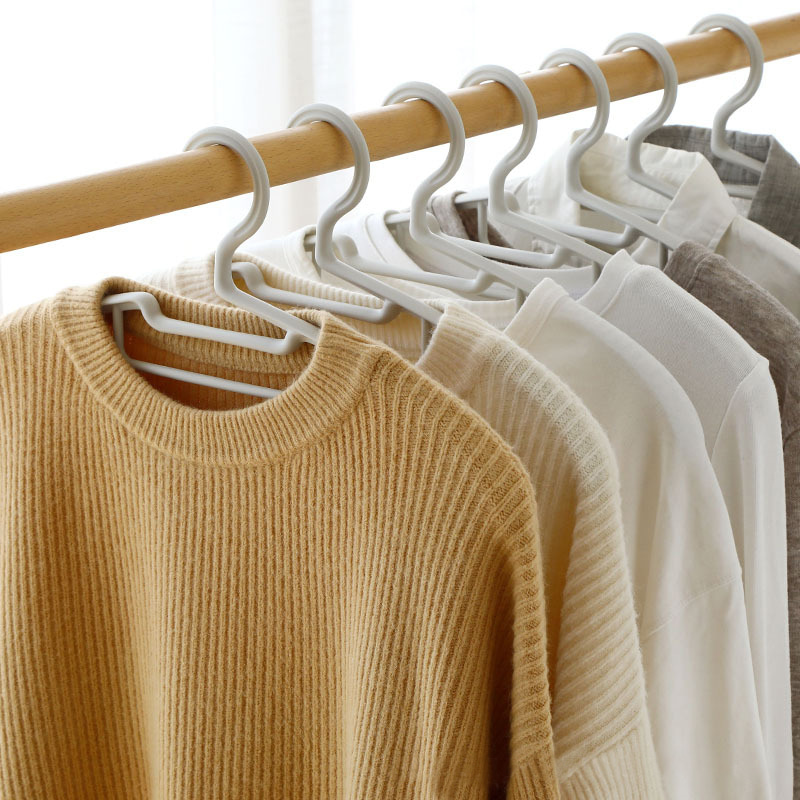
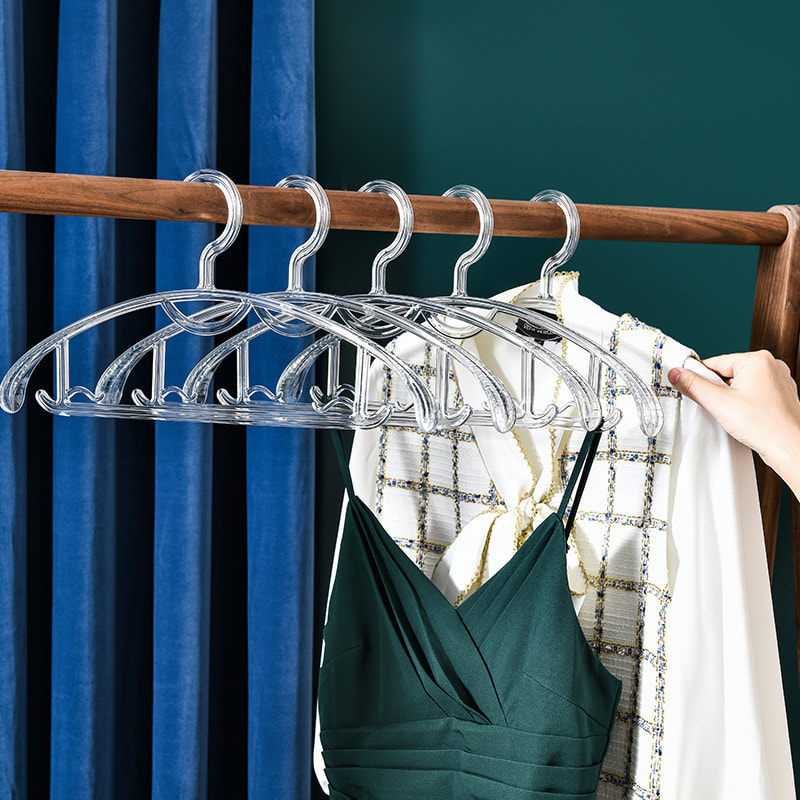
 Phone
Phone
 Email
Email